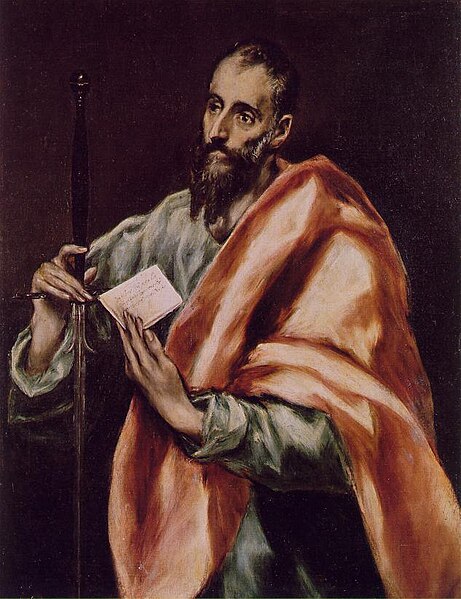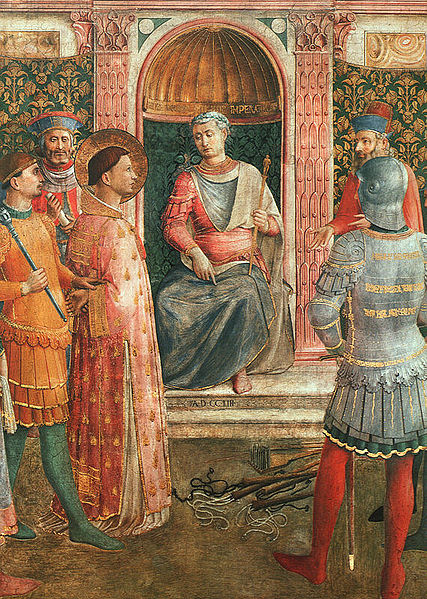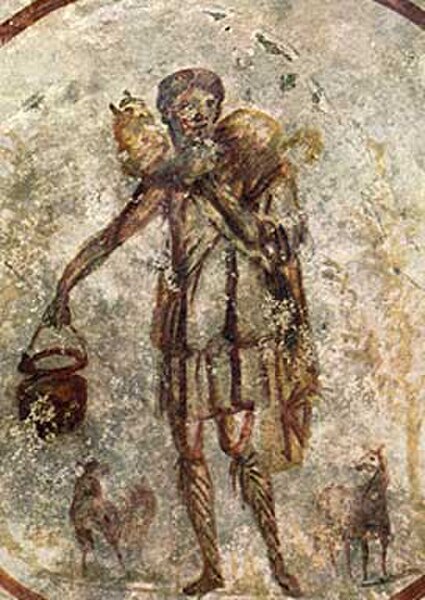Christianity in the 1st century
Christianity in the 1st century covers the formative history of Christianity from the start of the ministry of Jesus to the death of the last of the Twelve Apostles and is thus also known as the Apostolic Age. Early Christianity developed out of the eschatological ministry of Jesus. Subsequent to Jesus' death, his earliest followers formed an apocalyptic messianic Jewish sect during the late Second Temple period of the 1st century. Initially believing that Jesus' resurrection was the start of the end time, their beliefs soon changed in the expected Second Coming of Jesus and the start of God's Kingdom at a later point in time.
Jesus Washing Peter's Feet, painting by Ford Madox Brown (1852–1856), Tate Britain, London
The Crucifixion, by Giovanni Battista Tiepolo, c. 1745–1750, Saint Louis Art Museum
James the Just, whose judgment was adopted in the apostolic decree of Acts 15:19–29
Saint Paul, by El Greco
The history of Christianity follows the Christian religion as it developed from its earliest beliefs and practices in the first century, spread geographically in the Roman Empire and beyond, and became a global religion in the twenty-first century.
Funerary stele of Licinia Amias on marble, in the National Roman Museum. One of the earliest Christian inscriptions found, it comes from the early 3rd century Vatican necropolis area in Rome. It contains the text ΙΧΘΥϹ ΖΩΝΤΩΝ ("fish of the living"), a predecessor of the Ichthys symbol.
St. Lawrence (martyred 258) standing before Emperor Valerianus
The Oxford and Cambridge Acts of the Apostles – Paul the Apostle's missionary journeys
One of the oldest representation of Jesus as the Good Shepherd from the catacombs of Rome, made around 300 AD








